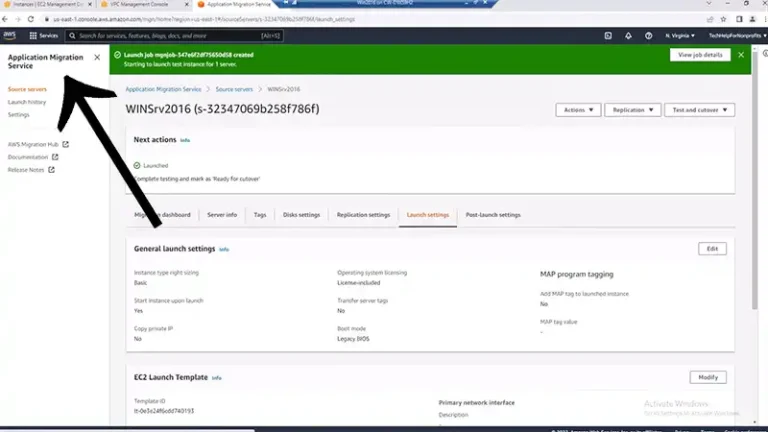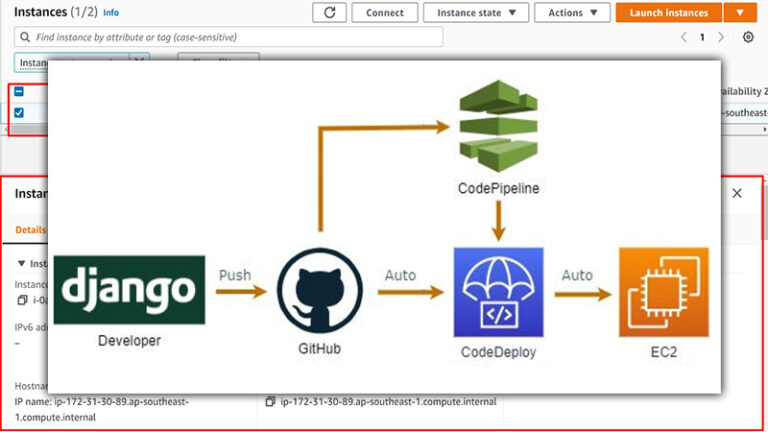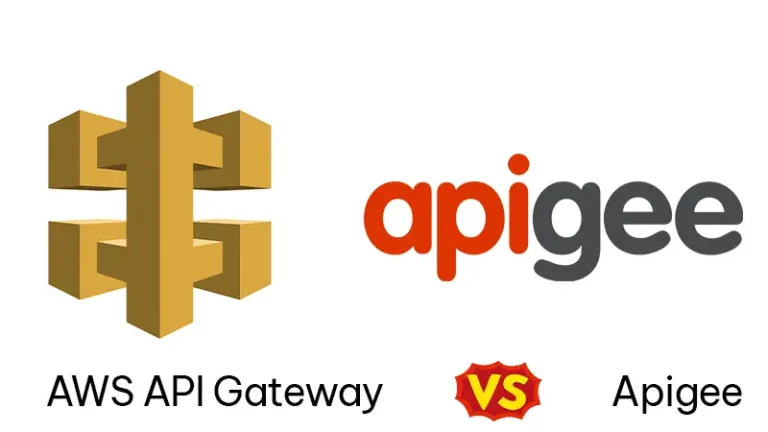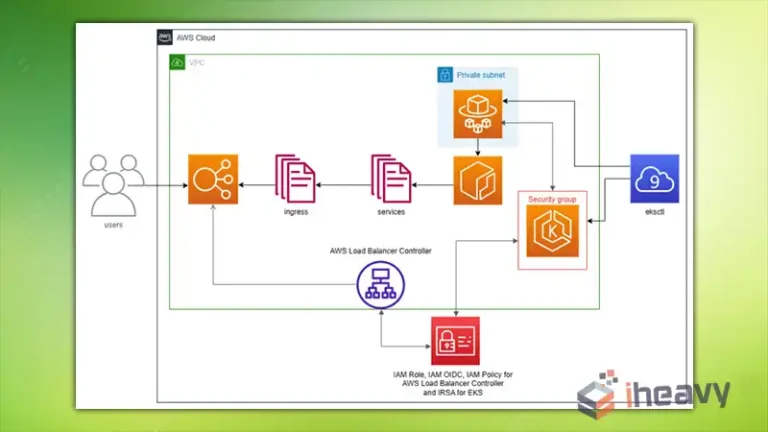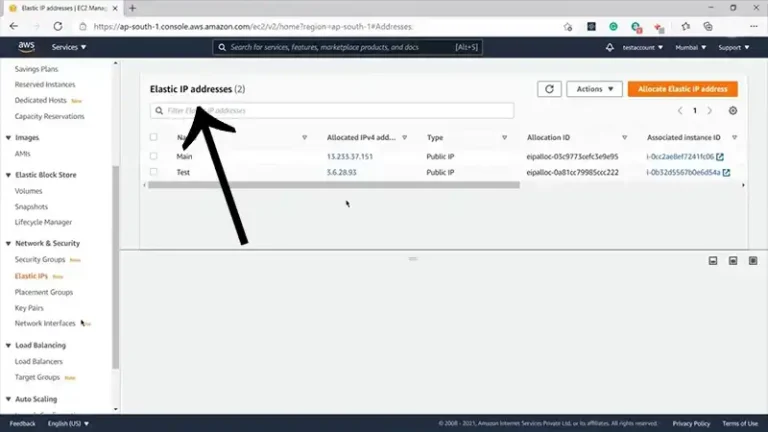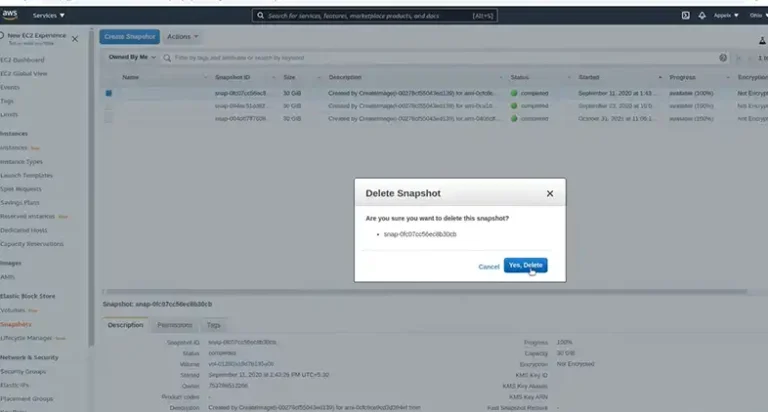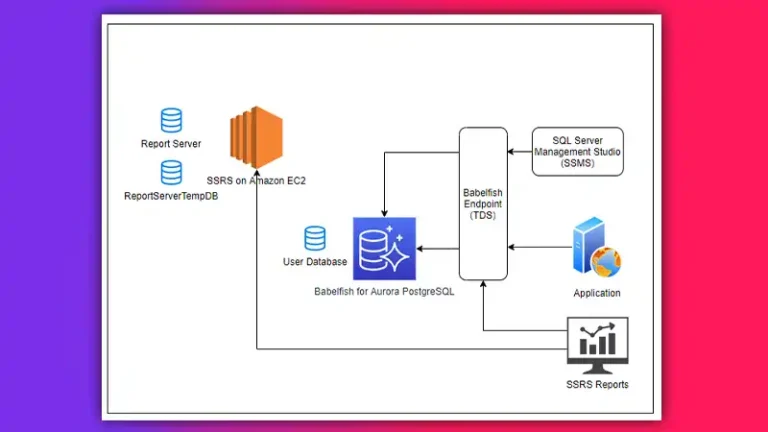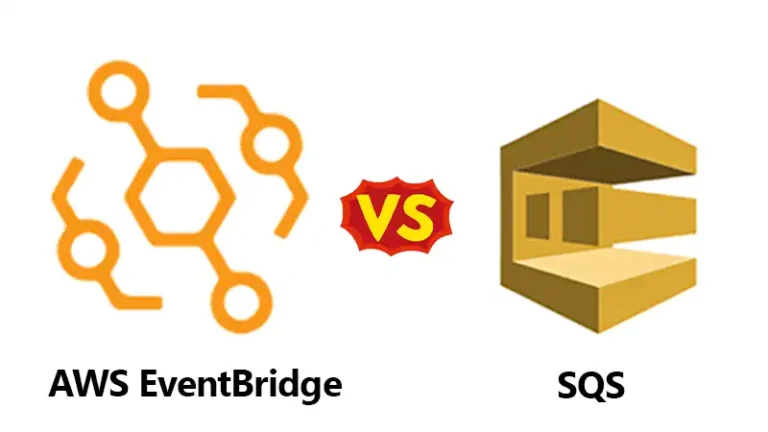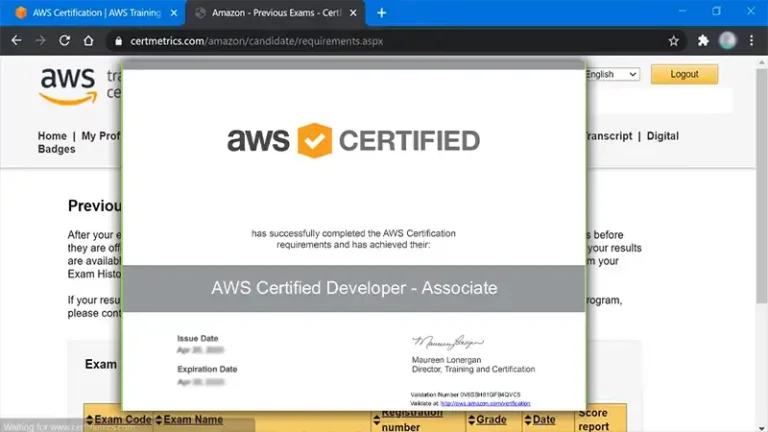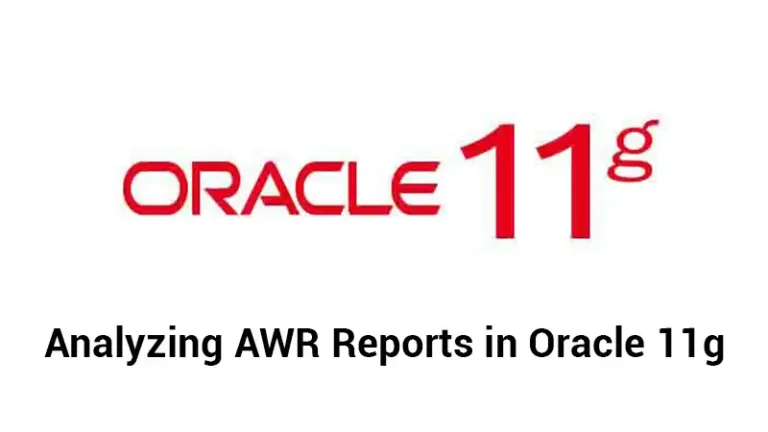How to Migrate On-Premise Server to AWS Step by Step | 8 Step Guideline
Migrating an on-premise server to AWS involves eight key steps: assess and plan, design AWS infrastructure, set up AWS environment, migrate data, migrate applications, switch over and validate, optimize and maintain post-migration, and decommission on-premise infrastructure. This comprehensive process covers everything from initial analysis to final validation, ensuring a smooth transition to AWS. This step-by-step…
